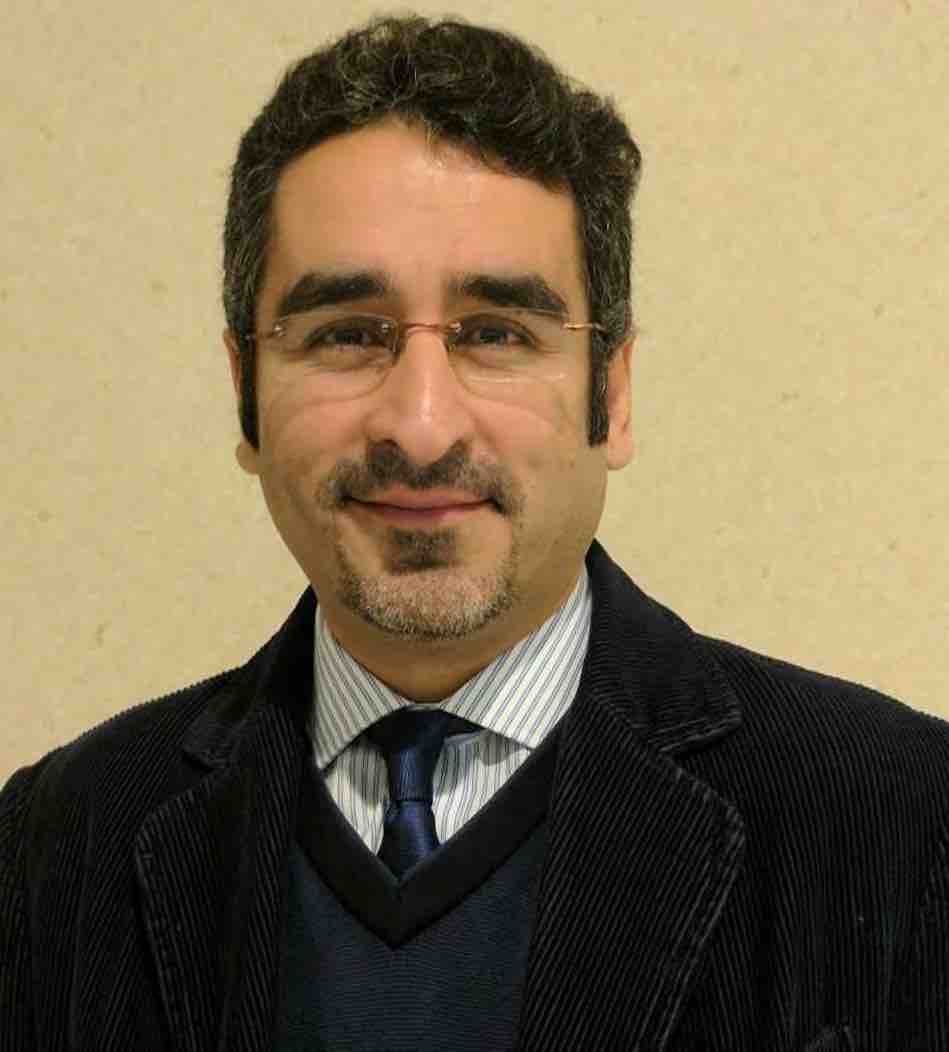Risk Assessment of the Acceptance Test Process for the New PET-Guided Linear Accelerator
M Tavakoli*, A Saoudi, D Dimitriadou, J Chang, R Lalonde, M Huq, UPMC Hillman Cancer Center and University of Pittsburgh School of Medicine, Pittsburgh, PA
Presentations
PO-GePV-M-279 (Sunday, 7/10/2022) [Eastern Time (GMT-4)]
ePoster Forums
Purpose: Recently, a new class of ring-gantry PET-guided linear accelerator (RefleXion X1 biology-guided radiotherapy) system received marketing clearance and new techniques of acceptance testing (AT) has been introduced for this machine. This technology combines dual imaging technologies (PET-CT) with a 6 MV FFF linear accelerator. The design of the machine and the display console are different from the conventional C-arm systems. In this study, a detailed process map for AT was developed, and we analyzed the risk of implementing the new AT procedures for this newly introduced system.
Methods: Six physicists were involved in the AT of RefleXion machine. A process map for AT was generated. Potential failure modes (FMs), causes of failure, and their impact were identified for every step in the process. The probability of occurrence, severity, and detectability for various causes of FMs, effects of FMs and detectability of FMs were ranked on a scale of 1 to 10 to generate the risk priority number (RPN) according to AAPM-TG100 guidelines. All six physicists contributed to the development of the process map and failure modes and effects analysis (FMEA). RPN and severity scores were prioritized and analyzed.
Results: The process of AT was divided into 10 subprocesses, 60 steps, and 90 FMs. The average RPN scores ranged from 4-89. The top three FMs are: failure in delivering plan and verification (RPN > 80), misalignment between laser, imaging plane, and treatment plane (RPN > 75), and failure in delivering patient-specific QA plan (RPN > 65). The severity scores ranged from 1-8 and the failures that result in highest severity include insufficient shielding the main room, and issue relating to machine performance stability.
Conclusion: Risk assessment was performed for the AT process of a RefleXion machine. This is works in progress and results of further analysis will be presented.
Keywords
Not Applicable / None Entered.
Taxonomy
Not Applicable / None Entered.
Contact Email



